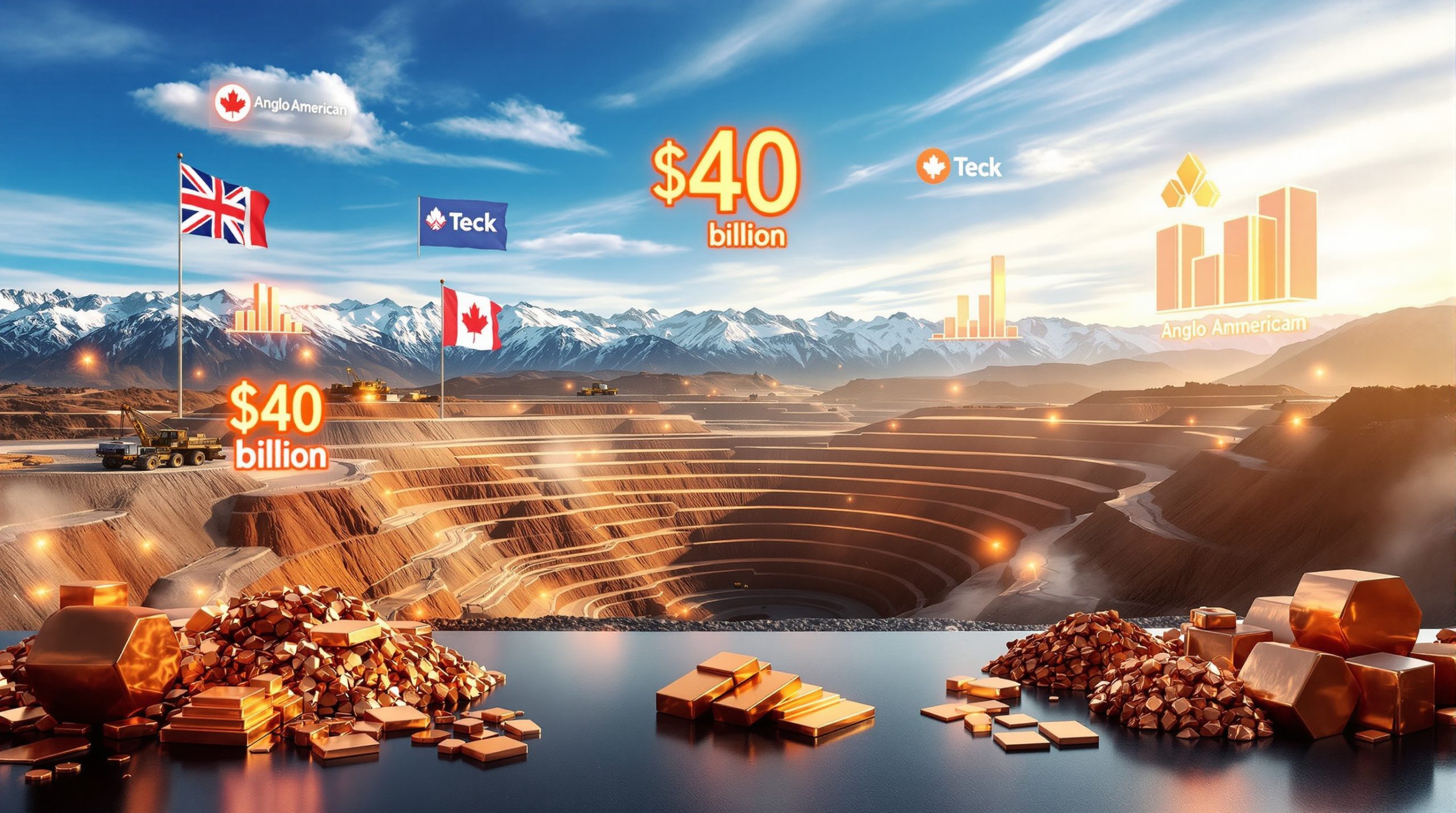Understanding China's Strategic Investment in Critical Minerals Education
The China Rare Earth Society doctoral talent program represents a comprehensive workforce development initiative targeting the next generation of critical minerals researchers and industry leaders. Operating under the China Association for Science and Technology (CAST) framework, this national-level program specifically cultivates doctoral candidates who will advance innovation in rare earth elements, advanced materials, and strategic mineral processing technologies.
China's dominant position in global rare earth markets provides crucial context for this educational investment. According to the U.S. Geological Survey's 2024 Mineral Commodity Summaries, China controls approximately 70% of global rare earth element production and 85-90% of global processing capacity. This market leadership creates both opportunities and responsibilities for maintaining technological advancement through human capital development.
The program structure combines intensive mentorship, funding support, and professional development opportunities tailored specifically to critical minerals research. Furthermore, participants receive comprehensive support over a two-year period, including research publication assistance, international conference participation, and overseas academic exchange opportunities.
Program Structure and Core Components
The initiative follows a structured approach that balances academic excellence with practical industry application. The comprehensive nature of the program extends far beyond traditional doctoral mentorship, incorporating elements designed to develop both technical expertise and leadership capabilities while addressing the energy transition impact on global supply chains.
Key Program Elements:
| Component | Duration | Focus Area |
|---|---|---|
| Political Training | Ongoing | National development priorities and scientific ethics |
| Professional Development | 2 years | Research funding, conference participation, overseas exchanges |
| Social Engagement | 240+ hours | Industry partnerships and leadership development |
The 240+ hours of structured activities over two years represents approximately 2-3 hours weekly of formal training, which is substantial compared to typical doctoral programs in North America and Europe that generally require 100-200 hours annually for formal activities.
How Does the Application Process Work for Doctoral Candidates?
The application process for the China Rare Earth Society doctoral talent program follows a competitive, multi-stage selection methodology designed to identify the most promising candidates for national-level development.
Eligibility Requirements and Selection Criteria
The program maintains stringent eligibility standards to ensure only exceptional candidates advance to national consideration. Full-time Chinese doctoral students must demonstrate a minimum of two years remaining in their academic programs at the time of application. Additionally, the selection process limits each participating society to nominating a maximum of three candidates, creating intense competition among potential applicants.
Application Timeline and Requirements:
• Application Deadline: November 17, 2025
• Selection Process: Two-stage review combining society-level evaluation and CAST matching
• Program Commencement: Early 2026
• Platform Requirements: Submissions through CAST's online service platform
• Organization Code: China Rare Earth Society (B33)
Submission Requirements and Platform Navigation
Candidates must navigate CAST's centralised online service platform, specifically selecting "China Rare Earth Society (B33)" as their preferred sponsoring organisation. This digital submission process streamlines candidate evaluation while ensuring proper organisational alignment with rare earth industry priorities.
The two-stage review process begins with China Rare Earth Society-level evaluation, followed by CAST national headquarters matching with appropriate mentoring organisations. Consequently, this systematic approach enables transparent documentation, consistent evaluation standards across societies, and efficient administrative coordination for national-level talent development.
Similar multi-tier selection processes exist in other global programs, including the Fulbright Program's institutional and national-level reviews and the European Research Council's peer review panels across multiple evaluation stages.
What Training Methodologies Define This Program?
The China Rare Earth Society doctoral talent program employs a distinctive integrated training model that combines ideological development, technical expertise, and practical application through what can be characterised as a three-pillar educational framework.
The Three-Pillar Educational Framework
This comprehensive approach ensures graduates possess both the scientific capabilities and leadership qualities necessary for advancing China's critical minerals sector. Moreover, the integration of political, professional, and social elements distinguishes this model from typical Western doctoral programs that generally emphasise only professional development and industry innovation trends.
Pillar 1: Political and Ethical Foundation
• National development seminars focusing on strategic priorities
• Scientific ethics training emphasising research integrity
• Educational components on the concepts underlying Chinese scientific advancement
Pillar 2: Professional Excellence Development
• High-level research publication support covering journal submission fees and editing services
• International conference participation funding for major events like the International Rare Earth Congress
• Overseas academic exchange programs with durations typically ranging 1-3 months
• Cross-disciplinary research collaboration opportunities
Pillar 3: Social and Industry Integration
• Academic journal assistant positions providing exposure to peer review processes
• Corporate R&D program participation similar to apprenticeship-track PhD programs in Europe
• National innovation platform engagement comparable to participation in research consortia
• Leadership skill development through practical application
International Conference and Exchange Programs
The program's emphasis on international engagement reflects recognition that rare earth innovation requires global collaboration and knowledge exchange. Standard coverage typically includes registration fees, travel and accommodation costs, and visa expenses for major international conferences.
Relevant international conferences for rare earth researchers include the Materials Research Society Meetings, various specialised symposia on separation sciences, and magnet materials conferences. However, major international rare earth research centers are located in Europe, North America, Australia, and Japan, providing diverse opportunities for collaborative research and cultural exchange, similar to how China's talent drive has been reshaping global scientific collaboration.
Why is This Program Strategically Important for Global Critical Minerals?
The strategic importance of this workforce development initiative extends far beyond individual career advancement, addressing fundamental challenges in maintaining technological leadership in critical minerals sectors while supporting global critical minerals strategy development.
Addressing Human Capital as Strategic Infrastructure
The program recognises that maintaining technological leadership in critical minerals requires sustained investment in human capital development. By cultivating doctoral-level expertise in separation chemistry, advanced magnet materials, and clean refining technologies, the initiative addresses long-term industry workforce needs that support China's dominant market position.
Critical Market Context:
• Global Rare Earth Market Value: Approximately $7-8 billion USD in 2023
• Projected 2030 Market Value: $10-15 billion USD with 4-7% compound annual growth rate
• Primary Growth Driver: Increased demand for permanent magnets in renewable energy applications
Strategic Focus Areas:
• Advanced separation and purification technologies
• Next-generation permanent magnet development accounting for 40-45% of global rare earth demand
• Environmental remediation and clean processing methods
• Supply chain optimisation and logistics management
Global Competitive Implications
This workforce development strategy positions China to maintain its dominant role in rare earth innovation while addressing emerging technological challenges. Furthermore, the program's emphasis on international collaboration and overseas academic exchanges suggests a sophisticated approach to global knowledge integration rather than isolated development.
The program's 240-hour minimum training requirement over two years demonstrates China's commitment to comprehensive professional development, far exceeding typical academic mentorship programs in duration and scope.
The integration of political education, technical training, and social engagement creates a unique educational model that differs significantly from Western approaches focused primarily on technical competency development, as detailed in talent program analyses.
What Career Pathways Emerge from Program Participation?
Program participation opens substantial career advancement opportunities that extend well beyond traditional academic trajectories, creating pathways for sustained leadership in China's critical minerals sector whilst recognising the strategic minerals importance to national security.
Advanced Recognition and Continued Development
Exceptional performers gain invitation to CAST's Young Scientists Advancement Association, providing continued mentorship and professional development beyond the doctoral stage. This creates a sustained pipeline of technical leadership specifically aligned with strategic mineral development priorities.
Post-Program Opportunities Include:
• Young Scientists Advancement Association membership with ongoing mentorship
• Priority consideration for national research positions and leadership roles
• Enhanced industry networking and collaboration access across multiple sectors
• Leadership roles in strategic mineral development projects with national significance
Industry Integration and Commercial Application
The program's emphasis on practical experience through corporate partnerships and innovation platforms ensures graduates possess both theoretical knowledge and real-world application skills. This dual competency approach directly addresses the persistent gap between academic research and industrial implementation that challenges many technology sectors.
Corporate R&D participation provides exposure to commercial constraints, market dynamics, and practical engineering challenges that purely academic environments cannot replicate. In addition, this industry integration model resembles successful apprenticeship-track PhD programs in Germany, Austria, and Switzerland, where students gain extensive embedded experience in corporate research facilities.
How Does This Compare to International Critical Minerals Education Programs?
The China Rare Earth Society doctoral talent program presents both similarities to and distinctions from international approaches to strategic workforce development in critical minerals and advanced materials sectors, particularly considering CRM facility insights from global programs.
Comprehensive Support Structure Analysis
Unlike traditional academic programs that rely primarily on university-based funding and mentorship, this initiative provides integrated support spanning research publication, international travel, and professional development activities. The combination of political education, technical training, and social engagement creates a distinctive educational model with specific characteristics.
Comparative Program Features:
• Two-year duration with guaranteed comprehensive funding support
• International conference and exchange support covering full participation costs
• Direct industry partnership integration through corporate R&D participation
• National-level recognition with career advancement implications
• Centralised coordination through established national scientific organisations
Global Workforce Development Trends
The program reflects broader international trends toward strategic workforce development in critical minerals, with similar initiatives emerging in the United States through Department of Energy programs, Australia through various research council partnerships, and the European Union through Critical Raw Materials Act implementations.
However, the integrated approach combining political, professional, and social elements distinguishes China's model from Western counterparts that typically emphasise technical competency and industry collaboration without formal ideological or national strategic components.
Comparable International Programs:
• NSF Graduate Research Fellowship Program (U.S.): Accepts approximately 20% of applicants across broader scientific fields
• European Research Council Grants: Feature peer review panels with multi-stage evaluation processes
• Australian Research Council Discovery Fellowships: Employ field-specific evaluation with national coordination
What Are the Long-term Implications for Critical Minerals Innovation?
The long-term implications of this comprehensive workforce development initiative extend across multiple dimensions of critical minerals innovation, from fundamental research advancement to global supply chain leadership.
Technology Development and Research Advancement
By investing systematically in doctoral-level talent development, the program aims to accelerate breakthrough innovations in rare earth processing, recycling technologies, and alternative material development. Consequently, this sustained research investment approach supports China's long-term technological competitiveness across multiple application sectors.
Innovation Focus Areas:
• Advanced extraction and separation technologies improving processing efficiency and environmental performance
• Sustainable processing and environmental protection addressing growing regulatory and market pressures
• Next-generation applications in renewable energy supporting global decarbonisation efforts
• Strategic material substitution research reducing dependency on specific rare earth elements
Supply Chain Leadership and Global Market Position
The program's graduates will likely assume crucial roles in maintaining China's supply chain advantages while developing new market opportunities and addressing evolving global demand patterns. Their training in both technical excellence and industry integration positions them to navigate complex international trade relationships and technological competition.
The emphasis on international collaboration and exchange programs suggests recognition that rare earth innovation increasingly requires global partnerships despite competitive market dynamics. For instance, this balanced approach may enable sustained technological leadership while maintaining necessary international research collaborations.
Strategic Market Implications:
• Enhanced technical capabilities in separation chemistry and materials processing
• Improved environmental performance addressing international regulatory requirements
• Advanced recycling and circular economy technologies reducing primary extraction dependencies
• Innovation in alternative materials potentially disrupting traditional rare earth applications
Future Research and Development Priorities
The program's focus areas align with emerging technological challenges in critical minerals applications, particularly in renewable energy systems, advanced manufacturing, and next-generation electronic devices. Graduates equipped with both technical expertise and industry integration experience will be positioned to address complex engineering challenges requiring multidisciplinary collaboration.
The integration of environmental considerations, advanced processing technologies, and market-oriented research suggests a comprehensive approach to innovation that addresses both technical performance and commercial viability requirements.
Disclaimer: This analysis is based on program announcements dated November 2025. Specific program details, funding levels, and outcomes should be verified through direct contact with the China Association for Science and Technology and the China Rare Earth Society. Market projections and competitive analyses represent estimates based on available data and may not reflect actual future conditions.
Ready to Invest in Critical Minerals Opportunities?
Discovery Alert's proprietary Discovery IQ model delivers real-time alerts on significant ASX mineral discoveries across over 30 commodities, instantly empowering subscribers to identify actionable opportunities ahead of the broader market. Begin your 30-day free trial today and secure your market-leading advantage in this rapidly evolving sector.




